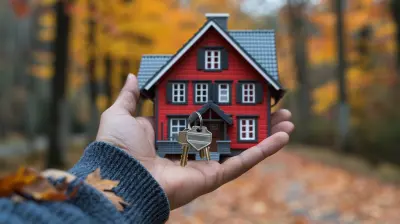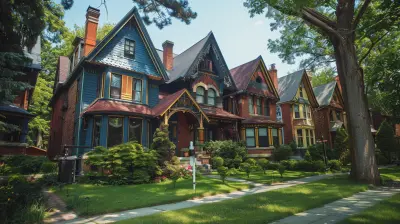The Appeal of Green Walls in Sustainable Home Design
10 November 2025
Sustainability has become a major driving force in modern home design, and one of the most visually stunning and functional elements making waves is the green wall. Also known as living walls or vertical gardens, these lush, plant-covered structures offer more than mere aesthetics—they actively contribute to eco-friendly living.
But what exactly makes green walls so appealing? Why are homeowners, architects, and designers incorporating them into sustainable homes? Let’s dig into the benefits, challenges, and best practices of green walls and how they can transform your home into a healthier, more sustainable haven. 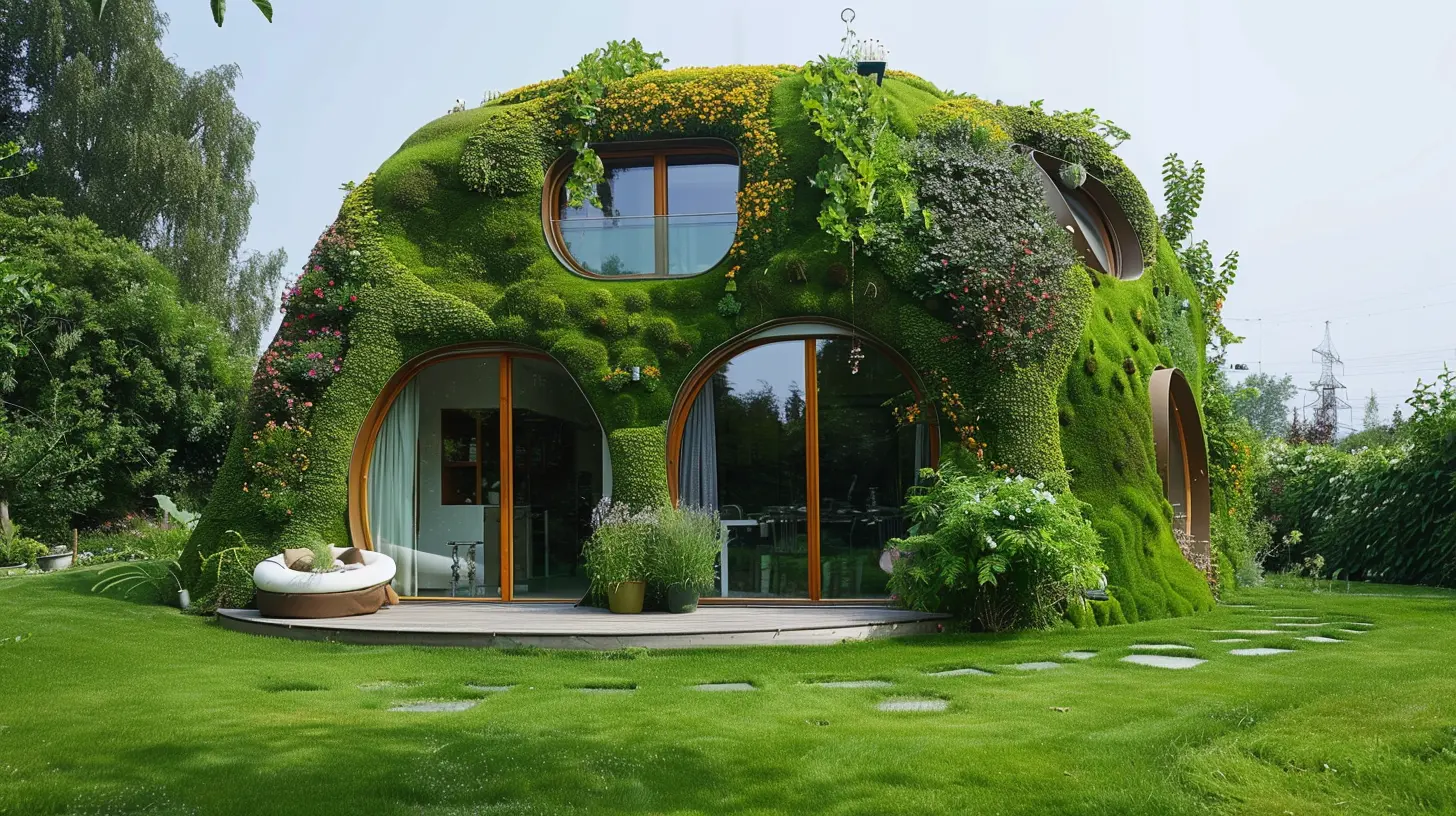
What Is a Green Wall?
A green wall is a vertical surface covered with vegetation that is either rooted in soil or a specialized growing medium. These walls integrate plants into the architecture of a home, using irrigation systems to sustain them. Depending on the design, green walls can be installed indoors or outdoors, providing a natural aesthetic and a range of environmental benefits.There are two main types of green walls:
1. Living Walls
Living walls feature lush, densely packed vegetation that grows in panels or modular systems attached to a wall. They require specialized irrigation and structured support.2. Green Facades
A green facade uses climbing plants that grow directly on a wall or on a supporting trellis. Unlike living walls, facades rely on vines or trailing plants that take time to fully develop.Both options contribute to sustainable design, but they offer different functionality based on climate, maintenance, and desired aesthetics. 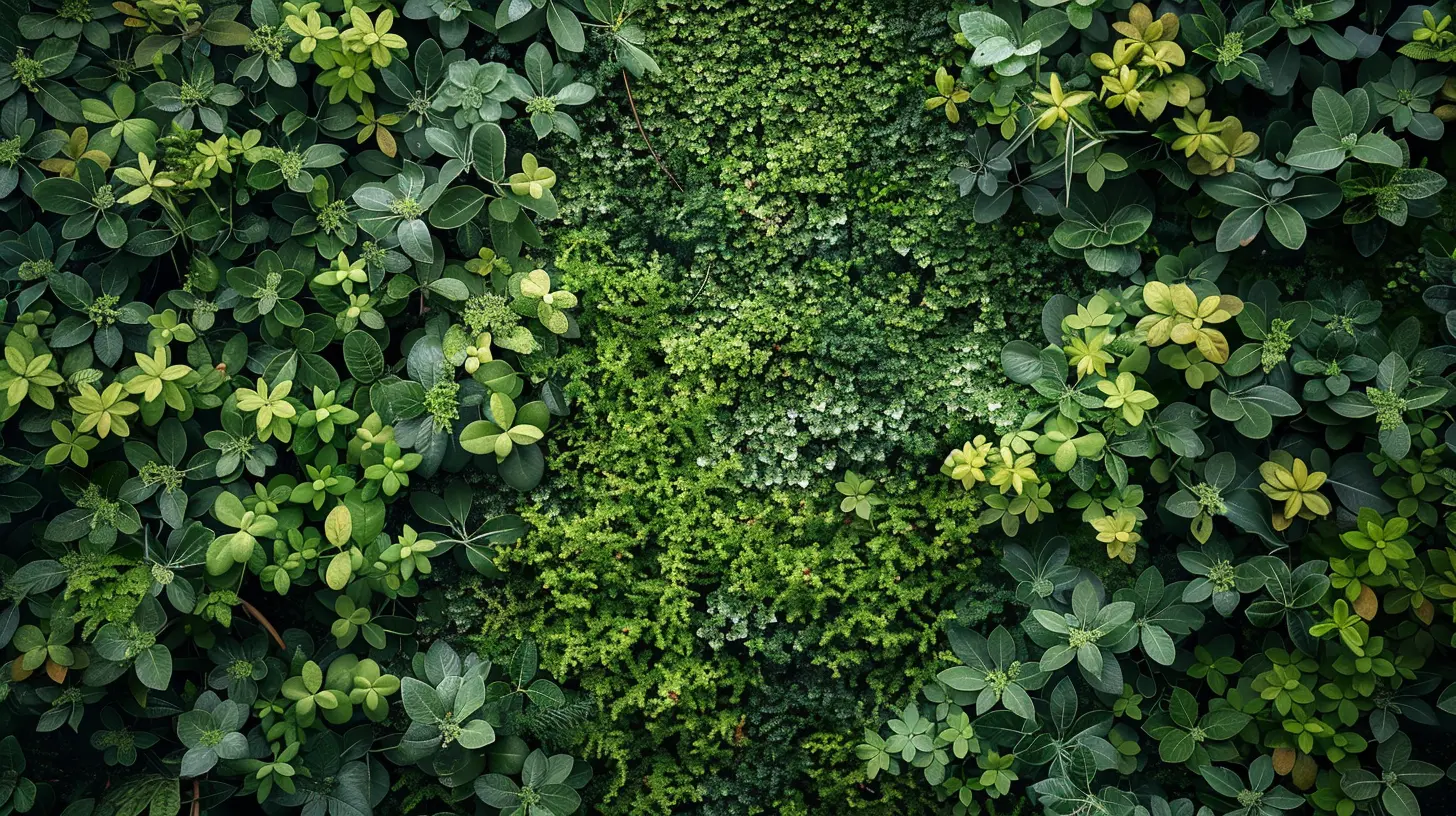
Why Green Walls Are a Game-Changer in Sustainable Home Design
Green walls are more than just eye-catching— they provide several environmental and practical advantages that align perfectly with sustainable architecture.1. Enhancing Indoor Air Quality
With indoor air pollution being a growing concern, green walls act as natural air purifiers. Plants absorb toxins like benzene and formaldehyde, improving air quality and promoting a healthier living space. Plus, they boost oxygen levels, making your home feel fresher and more inviting.2. Natural Insulation and Energy Efficiency
A properly designed green wall serves as an extra layer of insulation, helping to regulate indoor temperatures. During hot summers, green walls reduce heat absorption, keeping interiors cooler and reducing the need for excessive air conditioning. In colder months, they help retain heat, lowering energy costs.3. Noise Reduction
Live in a noisy neighborhood? Green walls can serve as a natural sound barrier. The plant layers absorb and deflect sound, reducing noise pollution inside the home. Whether you’re dealing with street traffic or noisy neighbors, a green wall can help bring peace and quiet.4. Boosting Mental Well-Being
There's no doubt that being around greenery improves mood and well-being. Studies show that exposure to nature reduces stress, increases concentration, and enhances overall happiness. Having a green wall indoors creates a calming environment that helps combat daily stress.5. Supporting Biodiversity
Outdoor green walls provide a habitat for birds, butterflies, and beneficial insects. They foster biodiversity in urban spaces, encouraging a more balanced ecosystem—even in the middle of a concrete jungle.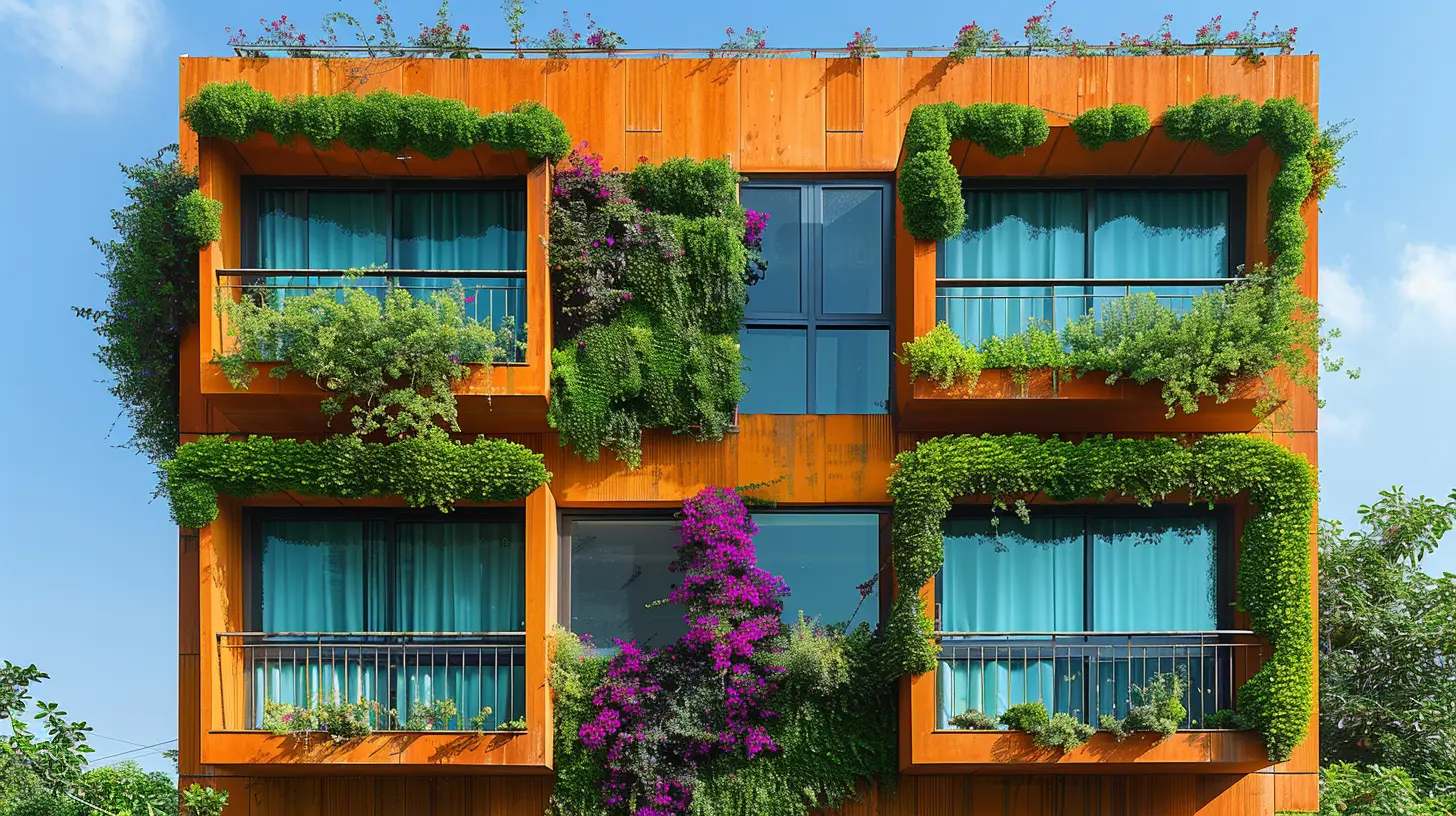
Challenges of Incorporating Green Walls
While green walls offer numerous benefits, they do come with some challenges. Before installing one, it’s important to consider these factors:1. Installation and Maintenance
Green walls require careful planning, proper irrigation, and regular maintenance. If left unmanaged, they can become overgrown or develop issues like pests or mold. Investing in an automated irrigation system can help keep your wall thriving without too much effort.2. Cost Considerations
While a simple green facade with climbing plants is relatively inexpensive, full-scale living walls with built-in irrigation and lighting can be pricey. However, the long-term energy savings and environmental benefits often outweigh these initial costs.3. Structural Support Requirements
Green walls can be heavy, especially when fully grown. Homeowners must ensure their walls have the proper structural reinforcement before installation to prevent potential damage.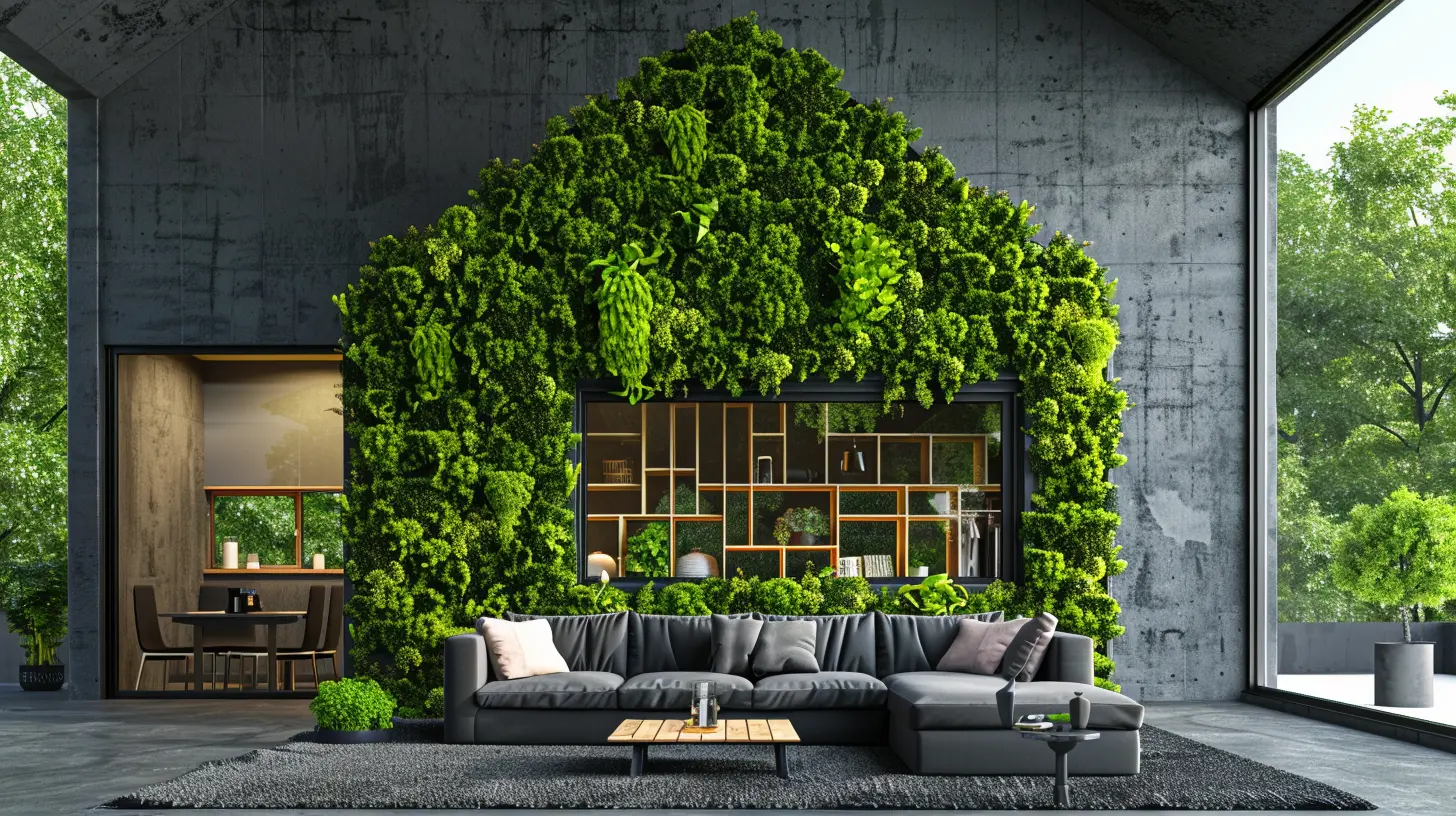
Best Plants for Green Walls
Choosing the right plants is crucial for a successful green wall. Some species thrive in vertical arrangements, while others struggle to adapt. Here are some of the best plants for indoor and outdoor green walls:Indoor Green Walls:
- Pothos – Hardy, low-maintenance, and excellent for air purification.- Ferns – Thrive in humid environments and add a lush, tropical feel.
- Peace Lilies – Known for filtering harmful toxins from the air.
- Philodendrons – Adapt well to various conditions and require minimal care.
Outdoor Green Walls:
- English Ivy – Fast-growing and resilient, ideal for facades.- Jasmine – Produces fragrant blooms and adds a beautiful aesthetic.
- Succulents – Low water requirements make them perfect for dry climates.
- Ferns and Mosses – Work well in shaded, moisture-rich environments.
When selecting plants, consider factors like light exposure, climate, and maintenance needs to ensure your green wall flourishes year-round.
Practical Tips for Building a Green Wall at Home
If you’re ready to install a green wall, here are some essential steps to get started:1. Choose the Right Location
Determine whether you want an indoor or outdoor green wall. Indoor walls should be placed in an area with adequate natural light, while outdoor walls should consider sun exposure and wind conditions.2. Select an Appropriate System
Green walls can be DIY projects or professionally installed. Depending on budget and expertise, you can opt for a simple trellis with climbing plants or a fully integrated living wall with irrigation.3. Plan for Irrigation and Drainage
Green walls need consistent watering to thrive. Install an efficient irrigation system (such as a drip system) to keep plants hydrated without overwatering. Ensure proper drainage to prevent mold or water damage.4. Use High-Quality Soil and Growing Medium
Living walls require lightweight soil or hydroponic systems designed for vertical gardening. Choose a medium that retains moisture while allowing proper aeration.5. Perform Regular Maintenance
Trim plants regularly, check for pests, and ensure the irrigation system is functioning properly. Green walls are low-maintenance when designed correctly, but occasional upkeep ensures they stay healthy and vibrant.Green Walls: A Smart Investment for a Sustainable Future
Incorporating green walls into home design is more than just a trend—it’s a commitment to sustainability, wellness, and aesthetic beauty. Whether you’re looking to enhance air quality, improve energy efficiency, or simply add a touch of nature to your living space, a green wall is an excellent investment.While the initial setup may require effort and investment, the long-term benefits far outweigh the challenges. Not only do green walls enhance homes visually, but they also contribute positively to the environment, making them an essential element of modern sustainable living.
So, if you’ve been considering a way to make your home greener—literally and figuratively—why not start with a stunning green wall?
all images in this post were generated using AI tools
Category:
Sustainable HousingAuthor:

Cynthia Wilkins
Discussion
rate this article
1 comments
Mandy McAuley
Green walls are more than just a design trend; they breathe life into our homes and promote sustainability. This innovative approach not only enhances aesthetic appeal but also improves air quality and our well-being. Truly, they represent a harmonious blend of nature and architecture.
November 11, 2025 at 4:05 AM

Cynthia Wilkins
Thank you for your insightful comment! I completely agree—green walls not only enhance our living spaces but also significantly contribute to our health and the environment. They're a perfect example of integrating nature into modern design.

